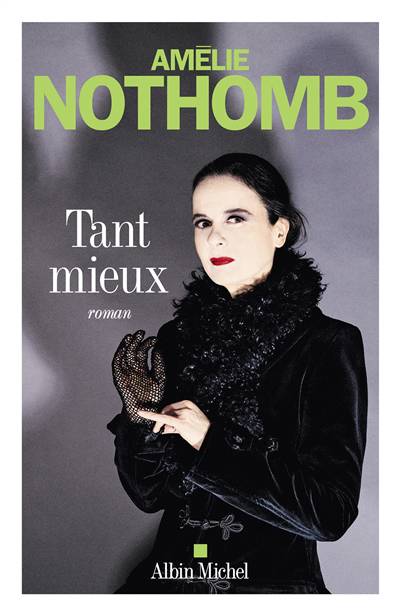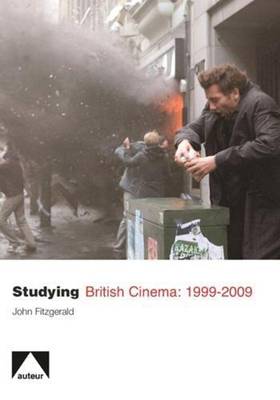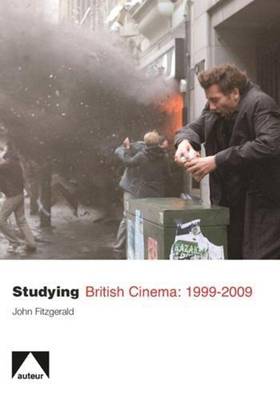
- Retrait gratuit dans votre magasin Club
- 7.000.000 titres dans notre catalogue
- Payer en toute sécurité
- Toujours un magasin près de chez vous
- Retrait gratuit dans votre magasin Club
- 7.000.0000 titres dans notre catalogue
- Payer en toute sécurité
- Toujours un magasin près de chez vous
Description
Studying British Cinema: 1999-2009 adopts a number of approaches to popularist, mainstream, and esoteric arthouse films. The book considers the institutional and financial factors that influence U.K. film production and assesses issues of genre, representation, authorship, and social, economic, and political contexts. The growth of coproduction is considered by looking at both Aardman Animation and the Harry Potter franchise (2001 to the present). Representations of social class factor into films as diverse as Red Road (2006) and Love, Actually (2003), and developments in social realism, primarily by female directors, are examined. The revival of the British science fiction and horror film is also covered in detail, and ethnic groups and new economic migrants are viewed in two separate chapters, as well as the growth of films concerning British protagonists in Africa. One section offers a close analysis of two of the most important directors of the decade: Michael Winterbottom and Shane Meadows.
Spécifications
Parties prenantes
- Auteur(s) :
- Editeur:
Contenu
- Nombre de pages :
- 256
- Langue:
- Anglais
- Collection :
Caractéristiques
- EAN:
- 9781906733117
- Date de parution :
- 06-08-10
- Format:
- Livre broché
- Format numérique:
- Trade paperback (VS)
- Dimensions :
- 168 mm x 231 mm
- Poids :
- 476 g

Les avis
Nous publions uniquement les avis qui respectent les conditions requises. Consultez nos conditions pour les avis.






